Ever since Freud introduced his theory of the subconscious, individuals have been provided with a dynamic and boundless tool to express self-awareness and psychoanalysis. Movies can explore this topic in imaginative ways, such as in movies like “Shutter Island,” “Source Code," “Existenz,” "Inception," and the film we are going to talk about today, "The Cell."

"The Cell" is a psychological thriller film directed by Tarsem Singh and released in 2000. The story follows Catherine Deane (played by Jennifer Lopez), a psychologist who uses experimental technology to enter the subconscious minds of coma patients in order to communicate with them. When a serial killer named Carl Stargher (played by Vincent D'Onofrio) falls into a coma, Catherine enters his mind to find out where he has imprisoned his latest victim before she dies.
The title of the film “The Cell” is a play on words as it refers to both brain cells, as the film is presented through the consciousness connections and enters the subconscious world of others, and also to prison, where people's childhood experiences and traumas are like a prison that traps them.
The mind can be a prison, both for those who are trapped inside of it and for those who are trying to help them. This is demonstrated through the character of Stargher, who is revealed to have suffered severe abuse as a child that contributed to his violent behavior. His traumatic experiences have left him trapped within his own mind, unable to distinguish between reality and the fantasy world he has created.
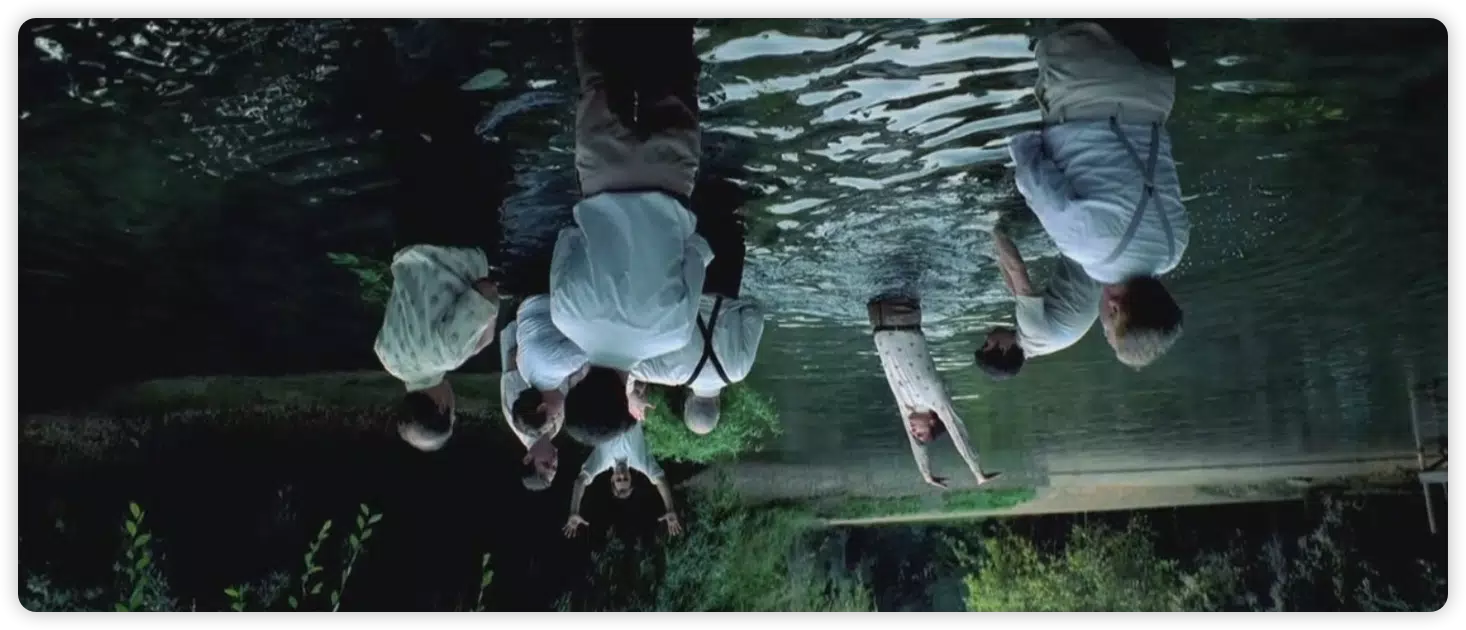
Because of severe childhood trauma, Carl Stargher became a schizophrenic patient who was both a sadistic and masochistic abuser. His most traumatic experience in childhood was being immersed in water for a "baptism" by his father. This was a cult ritual: Carl's baptism was not in a church but in a river, and he was submerged until nearly drowned. In his dream, Carl tells Catharine that during this evil ceremony, everyone around him watched him nearly die with indifference, which left him with a lifelong sense of despair. So in this baptism, Carl gained a "rebirth," not from his mother's womb but from the evil water, which gave him a devilish soul. Carl drowned the doll-like blondes in the water and used bleach to clean their bodies, only to recreate the baptism ceremony, allowing them to be "reborn" through purification.
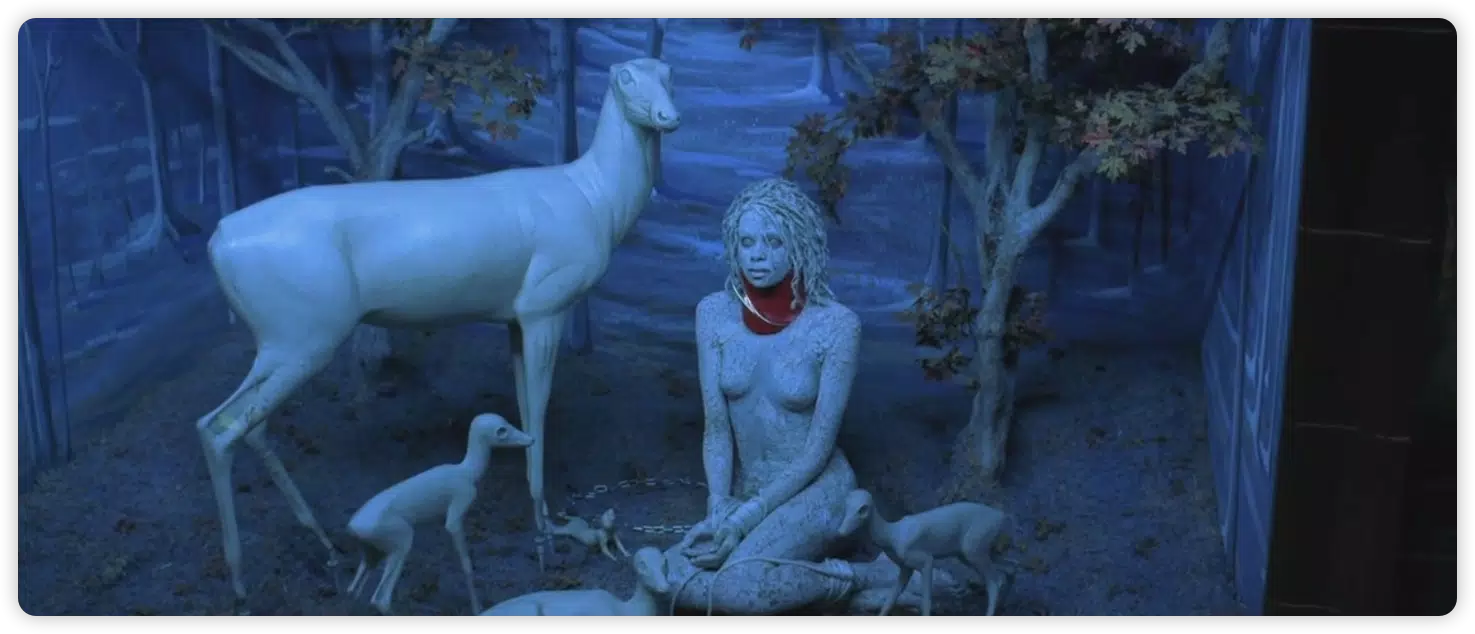
Carl's father made him look at his stepmother's private parts while he was present. The sacred meaning of female fertility was dissolved. In the reality created by Carl's father for him, the meaning of women has been distorted and defined solely in relation to sex, as evidenced by Carl's destruction of the faces of the dolls he collected, or even replacing them with the heads of birds or animals. Carl's father forbade him from developing any affection towards women, reducing women to mere symbols of sexuality with no soul. When Carl played with a doll that his father deemed feminine, he was subjected to brutal physical abuse and branding with a hot iron, an instrument typically associated with women. Carl himself begins to hate and treat women like objects just like his father.
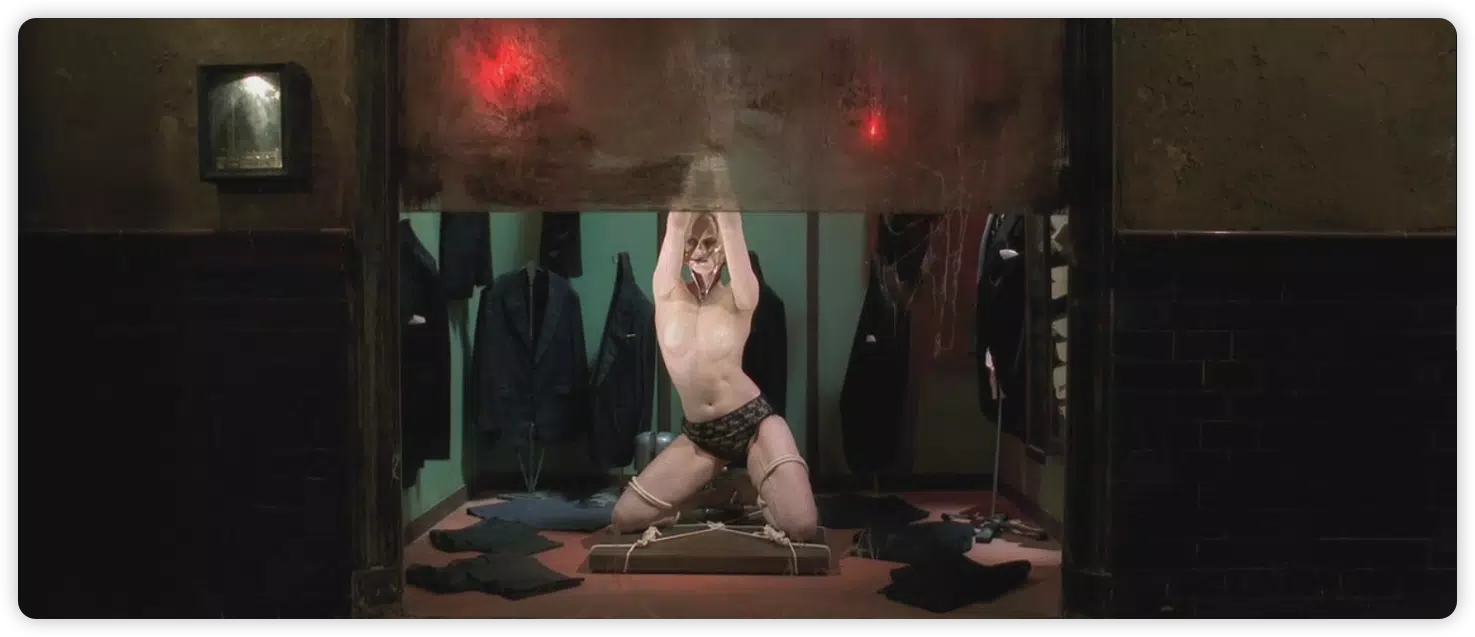
The movie actually shows the influence of Christianity and portrays a complex religious theme. The girl trapped in a water tank prays to "Our Father in Heaven" in despair, but suddenly realizes that she must "save herself." She climbs up a slightly loose steel pipe in the water tank, breathing air from inside it with difficulty, winning time and opportunity for her eventual rescue. The scene after her rescue shows Peter holding her up in the water with both hands, and the shot cuts to Catherine dressed as the Virgin Mary, holding young Carl up in the water for his "baptism."
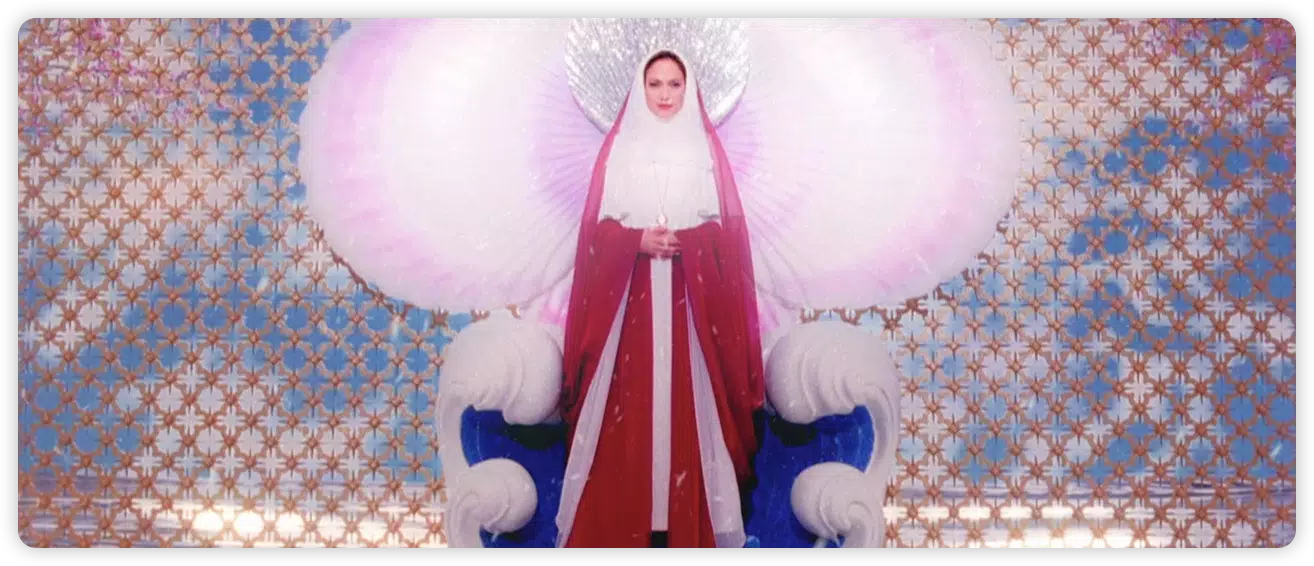
This scene is related to another important detail in the plot: Catherine tells Peter outside the laboratory that Carl suffered serious abuse in childhood, causing him to suffer from mental illness, but Peter says, "There are people who have suffered 100 times worse sexual abuse, but they won't hurt anyone when they grow up."
Another important scene in which Peter suffers like in the Passion of Christ is when he is put on a special rack by Carl, who is dressed as a demon. He twists his intestines out of his navel, more like an umbilical cord. Later, Peter sees a picture of a cult at Carl's house, showing Christ’s intestines being pulled out of his navel like an umbilical cord. The umbilical cord is an important connection between the fetus and the mother's body, and he wants to destroy and eliminate this tissue from male bodies (Christ and Peter), so that they can be completely separated from their mothers and only then, their souls can be "reborn."

The first image that Peter falls into in Carl's subconscious is of three women sitting despondently, confused, panicked, and helpless in a charred field. This image is based on a painting called "Dawn" by Norwegian postmodernist artist Odd Nerdrum.

The words of the three women to Peter also have symbolic significance: "My son fell out of my womb , big deal?" “My son is an abomination.” In Carl’s subconscious, his mother deserted him and thinks of him as an abomination, which was told by his father. He also thinks of his mother as an object instead of a person with a soul. So the 3 women sit on the wasteland like plants, with their mouths agape and heads tilted back, hoping for a single raindrop to quench their thirst. Their souls are taken away by the demon. The loss of motherhood, taboo, and religious feelings create a spiritual world as desolate as Eliot's "The Waste Land" for Carl.
From the moment individuals enter the world, every experience they encounter contributes to defining their personality, thought processes, and behavior. Each person's mind operates like a prison that exerts control and limits, dictating how people engage with the world. Even if individuals recognize this reality, it’s still very hard to break free from its grasp. As exemplified by Carl, though he acknowledges the wrongness of his actions, he is powerless to prevent himself from committing murder. This movie presents a gorgeous visual representation of the psychological analysis of the criminal psyche. Our childhood experiences and traumas leave a lasting impact on our subconscious, and even memories we believe to have vanished continue to reside within us, both physically and mentally.
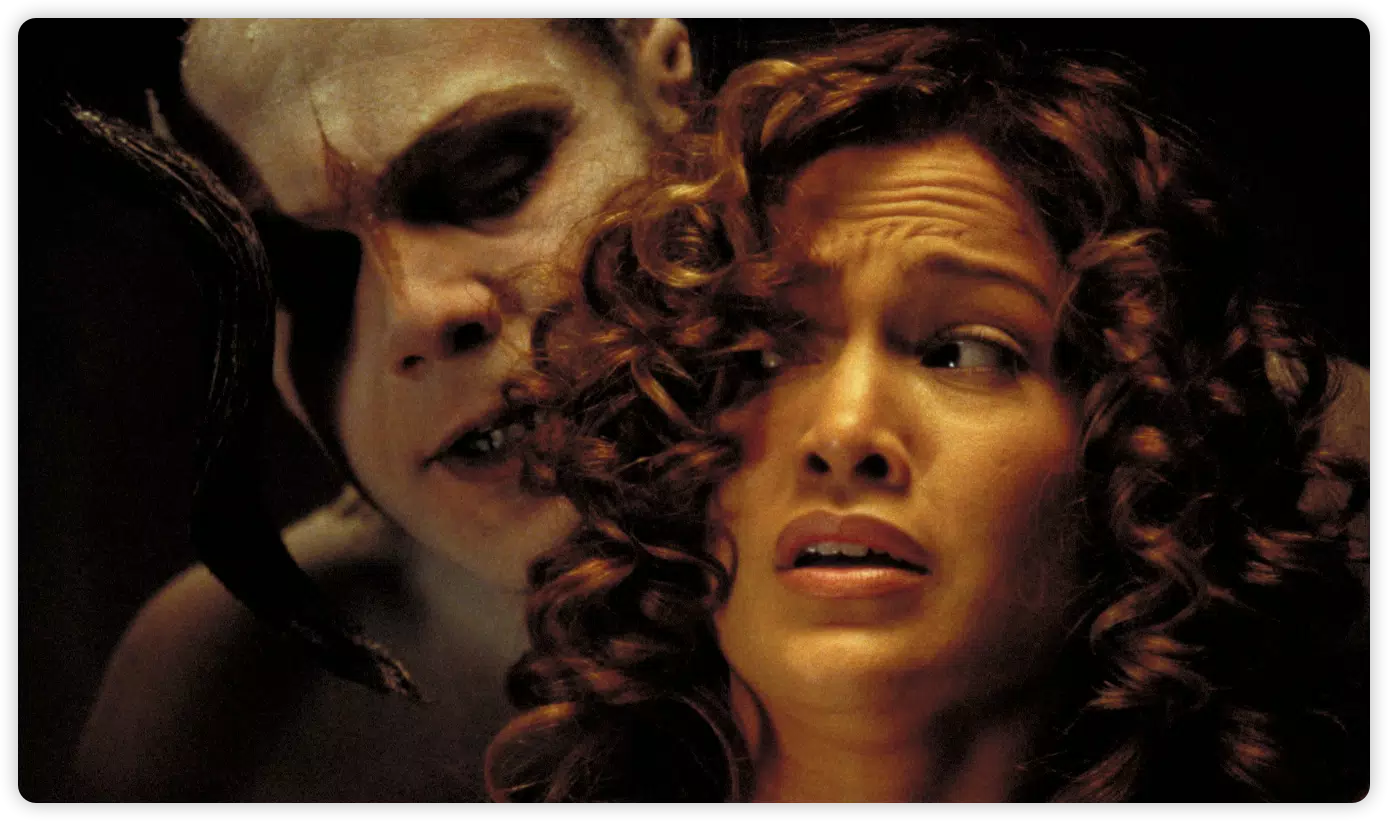
In Carl’s world women are viewed as objects and purely physical, without a soul. This forms a stark contrast with the image of Catherine, who is portrayed as a pure, selfless mother figure detached from the physical body desire. Catherine is a child psychologist who excels in her work not because of her professional knowledge but because of her outstanding communication skills - or rather, her ability to care and love. This is what Carl lacks in his upbringing. She takes great risks in allowing the devilish Carl to enter her subconscious world and ultimately "save" his soul.
Finally, she defeats the devilish Carl by nailing his limbs and heart to the ground like a pagan crucifixion and baptizes the childhood Carl in clean water. Catherine wants to save Carl not by "invading" his world but by opening up her own world and letting Carl in. Finally, Carl bathes in the love of women - also the love of motherhood - washing away the evil beliefs imposed on him by his father and achieving ultimate tranquility in his soul. Carl now has received selflessness and love, and no longer needs his devilish personality to protect himself. He has also escaped the mental prison that has plagued him all his life.





Share your thoughts!
Be the first to start the conversation.